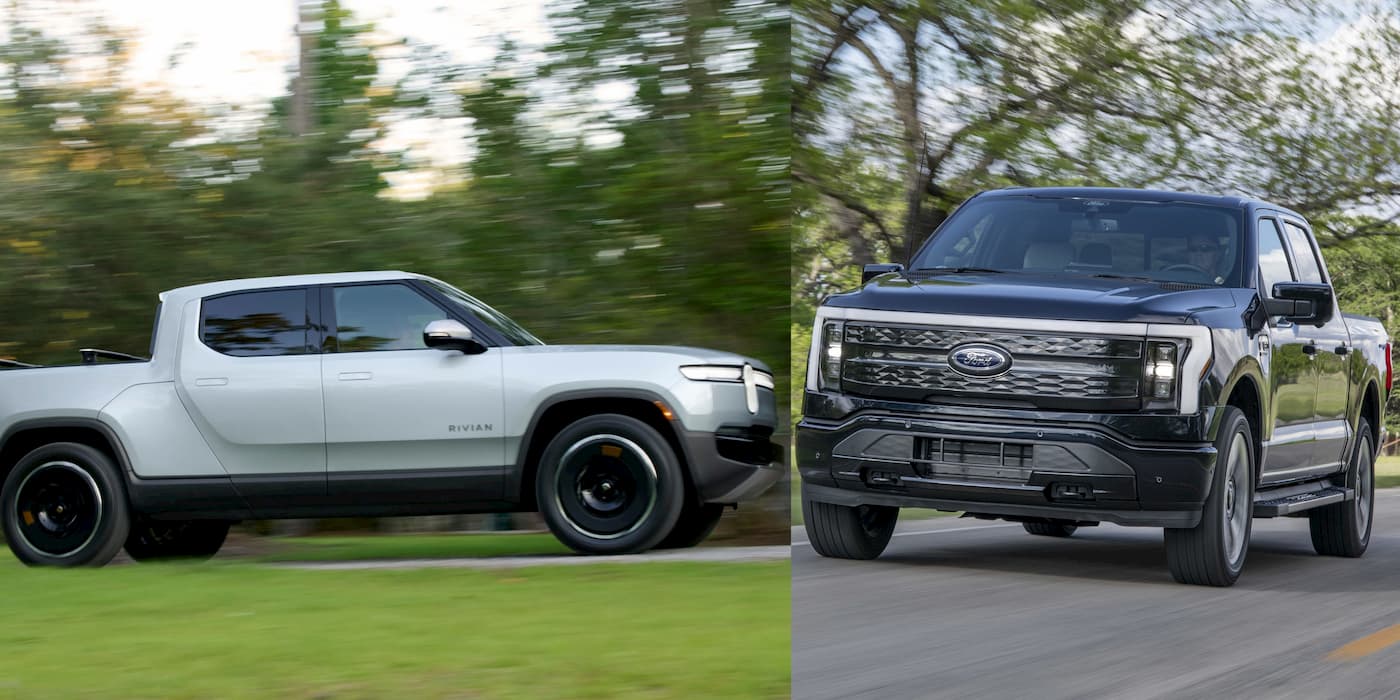
It wasn’t too long ago that Rivian and Ford were expected to build EVs together. Then, Rivian and Mercedes-Benz announced plans to produce electric vans. Although both fell through long ago, Rivian CEO RJ Scaringe recently spilled the tea on why the tie-ups really failed.
The first partnership began after Ford invested $500 million in Rivian in 2019. Ford said it would use Rivian’s platform to develop its own branded EVs, including under Lincoln.
Scaringe said at the time Rivian was excited to “use our technology and to get more electric vehicles on the road.”
In April 2020, Ford said it was moving away from the Rivian partnership to focus on its own EV platform. A memo to employees stated, “We determined that it would be better to pivot from the Rivian skateboard platform and focus our development efforts.”
By the end of 2022, Ford sold off most of its stake in Rivian. Meanwhile, Rivian and Mercedes-Benz signed a deal to build electric vans in 2020 using platforms from each automaker.
That partnership ended after only three months as Rivian decided to focus on its own growth. Although Rivian revealed general statements as to why the tie-ups fell through, Scaringe spilled the tea during a recent interview with The Verge, revealing the real reason.
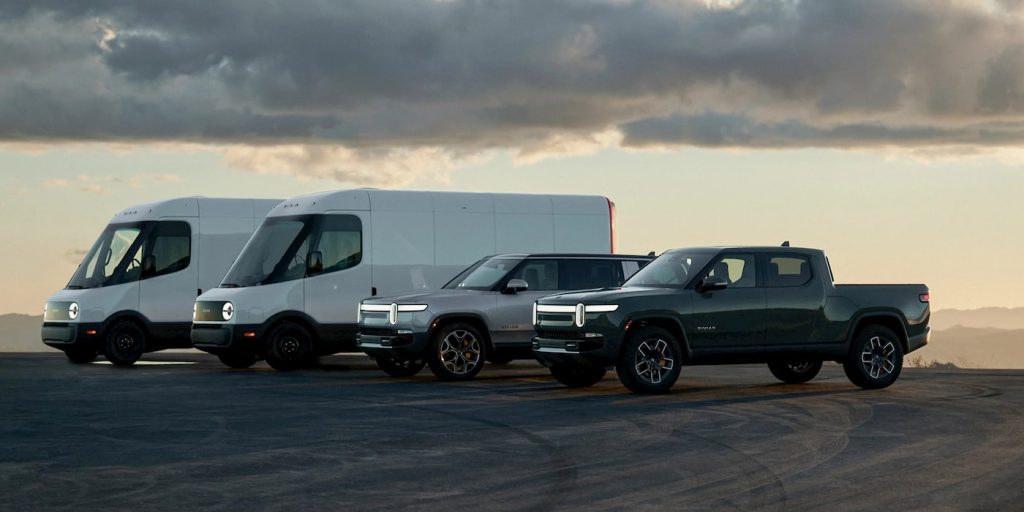
Here’s why the Rivian EV tie-ups really fell through
After Volkswagen announced it would invest up to $5 billion into Rivian last month, Scaringe was asked why this partnership is different.
Rivian’s CEO responded: “We’ve looked at the idea of sharing our vehicle platform through a variety of lenses. We looked at vehicle platform sharing with Ford, vehicle platform sharing with Mercedes, both very publicly.”
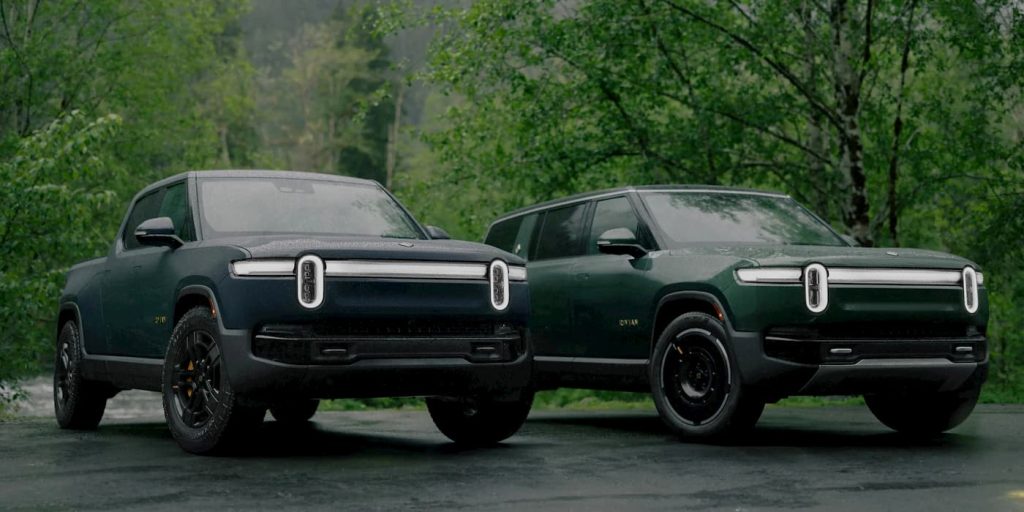
Scaringe added, “What is, in every case, always the challenge is getting the network architectures of Rivian’s platform and those other manufacturers that we’ve talked to work together.”
“It’s a challenge in every possible way,” Rivian’s leader explained. “It’s a challenge to get the top hat from a traditional company that’s using lots and lots of supplier source ECUs to work with our platform — battery, drivetrain, chassis that has very few ECUs. It’s a challenge to get those two very different architectures to run down the same manufacturing line.”
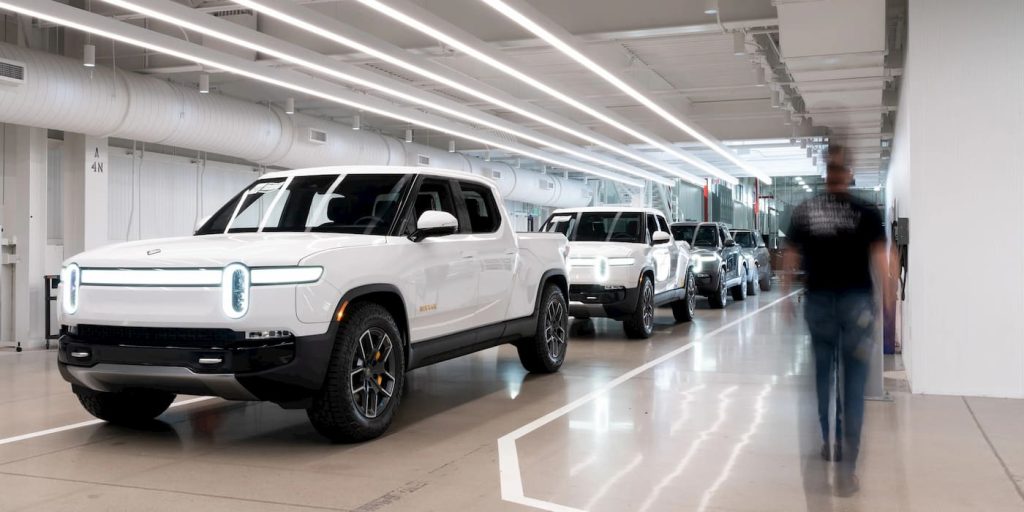
However, by far the biggest boundary, according to Scaringe, “was always network architecture.”
He went on to explain that the VW partnership is focused on “precisely the thing that has always been the challenge.” Although the deal is based on network architectures, it also makes platform sharing much easier.
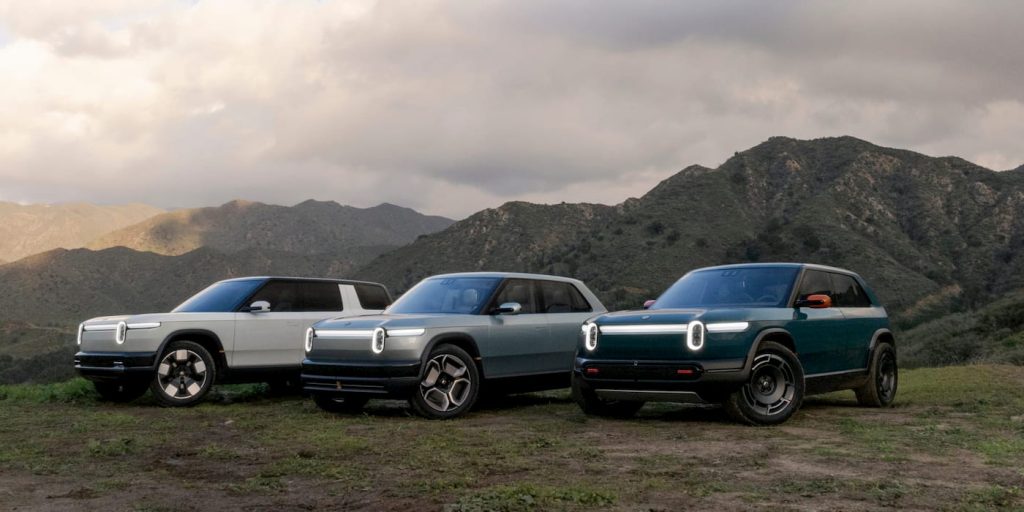
Volkswagen hopes the Rivian tie-up can help revamp the brand and attract buyers in the US. The automaker plans to double its US market share to around 10% by 2030.
FTC: We use income earning auto affiliate links. More.
